Soon after Japan attacked Pearl Harbor during World War II, President Franklin Delano Roosevelt issued Executive Order 9066: The forced evacuation of more than 110,000 people of Japanese ancestry from the West Coast — two-thirds of them American citizens — to 10 incarceration camps spread out over remote areas of the West. More than 10,000 people landed at the Manzanar Relocation Center, 225 miles from Los Angeles in the Owens Valley, having been allowed to take with them only as much as they could carry, according to Patricia Biggs, a historian at the Manzanar National Historic Site.
Eight people had to live crowded into 20-by-25-foot rooms furnished with only an oil stove, blankets, mattresses stuffed with straw and a single light bulb. Surrounded by barbed wire fences punctuated with eight guard towers, residents suffered through temperatures well above 100 degrees in the summer that then plummeted to freezing in the winter, while ferocious winds perpetually showered them with gritty sand.
In 1943, Ansel Adams, the legendary landscape photographer of the American West, arrived in this bleak milieu with his camera in tow. His old friend, Ralph Merritt, the enlightened second director of the camp, had invited him to capture life among the incarcerated. Adams’ ensuing work took an unexpected turn for an artist primarily known as a nature photographer, in particular for his majestic pictures of Yosemite. In crisp black and white, Adams’ photographs of Manzanar include extreme close-up portraits of the incarcerated, as well as images of the internees at home, tending crops or working in the camp’s chicken ranch.
Fifty of these lesser-known Adams images are on display in the exhibition “Manzanar: The Wartime Photographs of Ansel Adams,” which opened this week at the Skirball Cultural Center.
“Adams was definitely working outside of his comfort zone,” said Robert Flynn Johnson, the originating curator of the show, which first appeared at the Jundt Art Gallery at Gonzaga University in Spokane, Wash., and moved on to venues in Palm Springs and Saginaw, Mich., before coming to the Skirball. “But he went off to Manzanar because he felt that it was the right thing to do. Even so, he had constraints put upon him: He wasn’t allowed to take photographs of the guard towers or the barbed wire, and his work had to be approved by the War Relocation Authority. He was not going to be able to freely take photographs like Margaret Bourke-White when she entered the Nazi concentration camps at the end of the war.
“But here was his brilliant solution to his constraints: He was going to show these individuals in the camps to be loyal Americans, just like you and me; to show them going about their business with a smile on their faces, writing a newspaper, raising vegetables, and doing all the sorts of things that Americans do on a daily basis. He was going to demonstrate that they were not the evil people who were portrayed in political cartoons at the time. These were Americans who, through circumstance and no habeas corpus, were being locked up for no good reason.”
Adams’ critique of the camp was far harsher in a daring book he published in 1944, “Born Free and Equal: The Story of Loyal Japanese-Americans,” which not only includes his photographs, but also an essay in which he lambasted what he described as the unconstitutional “enforced exodus” of the internees. “His verbiage doesn’t mince words,” Johnson said. “He said that this incarceration was an outrage and an abomination.”
For his efforts, Adams was called names, and some of his books were burned, said Linde Lehtinen, an assistant curator at the Skirball.
To understand just how risky this work was, the Skirball displays art and artifacts that demonstrate the volatile temper of the times: A Life magazine article from December 1941, for example, proclaims, “How to Tell Japs From the Chinese,” with photographs and annotations pointing out supposed differences in skin color and eyelid anatomy. Collier’s magazine covers by the Polish-Jewish refugee artist Arthur Szyk depict the Japanese Emperor Hirohito as a fanged monkey clutching a copy of “Mein Kampf” and as a gargantuan, blood-sucking bat.
The exhibition goes on to display the work of the esteemed documentary photographer Dorothea Lange, who was hired by the United States government to document the relocation of Japanese-Americans to Manzanar in the spring of 1942 — only to have many of her photographs promptly censored. The impounded images include people waiting in line for paperwork under armed guard; children wearing identification tags and internees temporarily housed at the Santa Anita racetrack, where they were held for up to several months before going on to Manzanar — sometimes living in horse stalls along with the animals.
Officials “looked these photographs over and were aghast,” Johnson said in a telephone interview from his home in San Francisco. “There had been photos of Jews at the time being rounded up in Germany, and it possibly looked to them like an equivalency. The photographs made us look like storm troopers.”
The Skirball exhibition includes some 175 items — about twice as many as the original show — including a duffle bag and suitcase once used by an internee. There are short videotaped testimonies by former inmates, as well, including one woman who remembers Adams as professional, but exacting. “He was a man with a hat who wanted her to pose in a certain way,” Lehtinen said. “She told him the sun was in her eyes, but he didn’t seem to care.”
There are also examples of the loyalty questionnaire internees were required to fill out, as well as photographs by the Los Angeles photographer Toyo Miyatake, who snuck a camera lens into Manzanar and secretly took pictures until he was granted a photography permit (even though, at first, officials required him to have a Caucasian work the camera shutter).
Robert Kirschner, the Skirball’s director, said the exhibition is a natural for the museum. “Jews have learned throughout history, to their sorrow, what can happen when a minority is deprived of its rights and its dignity,” he said in a statement. “The incarceration of Japanese Americans in the wake of Pearl Harbor, provoked by a toxic mix of hysteria and racism, has a powerful resonance for Jews and for all who cherish social justice and civil liberties. As a Jewish institution and a cultural center, the Skirball seeks to relate to the experiences of every ethnic and cultural identity. We have much to learn from the Manzanar exhibition. … Its lessons are as urgent as ever.”
Adams, for his part, not only received flack for his photographs as anti-American, but also from those who charged that they did not go far enough towards revealing the suffering of the internees. Lange offered one such critique: “She basically felt that as much as Adams went into the project with a full heart and with all good intentions, his finished product did not show the raw and deeply emotional kind of pathos of the conditions of the camp,” Lehtinen said. “She felt that a lot of the photographs were too polished, too clean, too perfect in a way, which didn’t capture the reality of what was actually happening.”
Lily Anne Welty Tamai, curator of history at the Japanese American National Museum in downtown Los Angeles, which has provided important objects and curatorial advice for the show, agreed. “Ansel Adams’ photographs of Manzanar were presented in a way to show the beauty of the surroundings, the day-to-day experiences of the Japanese-Americans and did not necessarily showcase what was invisible to photograph: the breach of civil liberties of American citizens, the stress and trauma of the incarceration, which began at the camp and lasted for decades, nor the discrimination that Japanese-Americans faced and the shame they carried with them,” she wrote in an email.
“However, he was a product of his time and was sympathetic to the Japanese-American community. Adams was limited in what he was allowed to present and his photographs were the official images of the Japanese-American incarceration camps for decades following.”
The exhibition will be on display at the Skirball through Feb. 21. For more information, visit skirball.org/exhibitions/manzanar-ansel-adams.






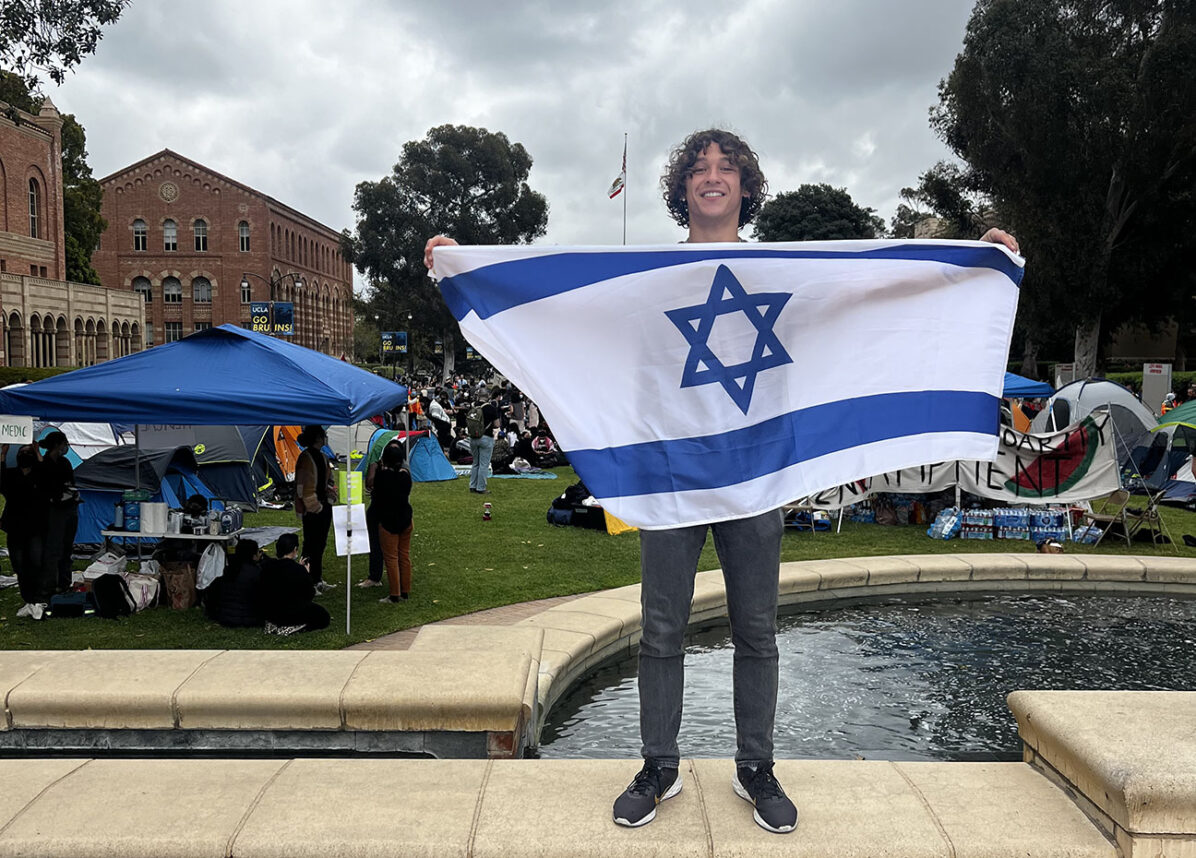
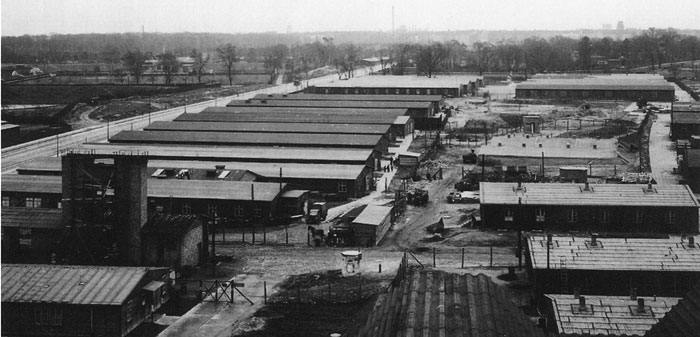
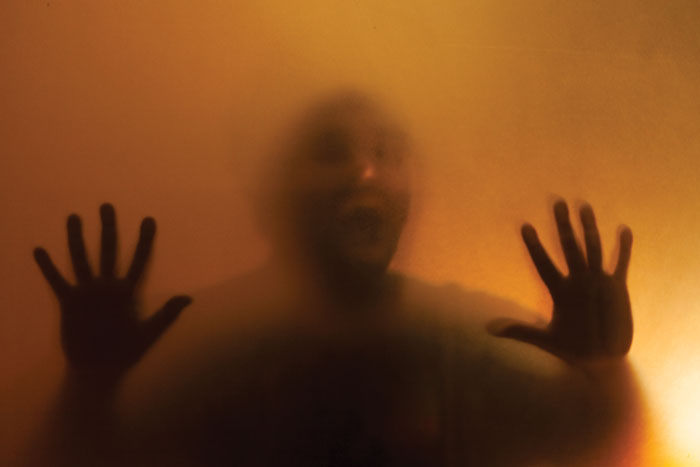
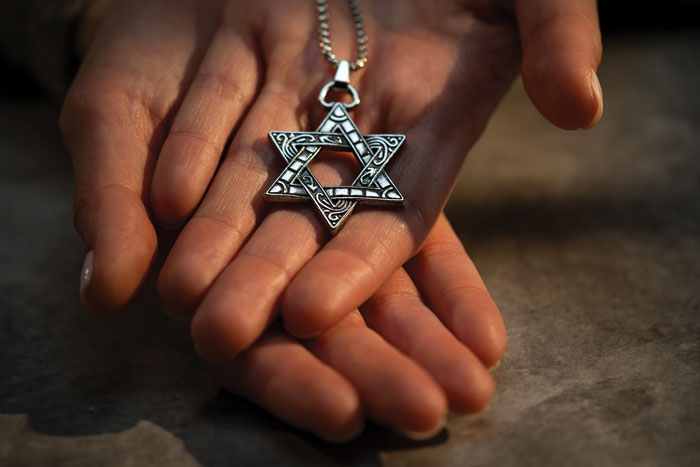

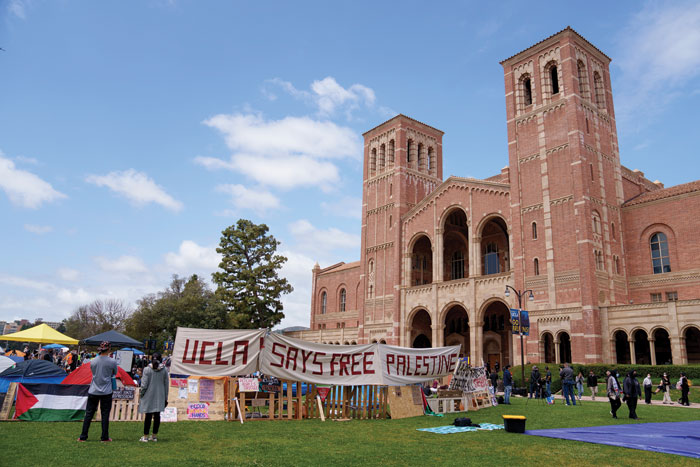


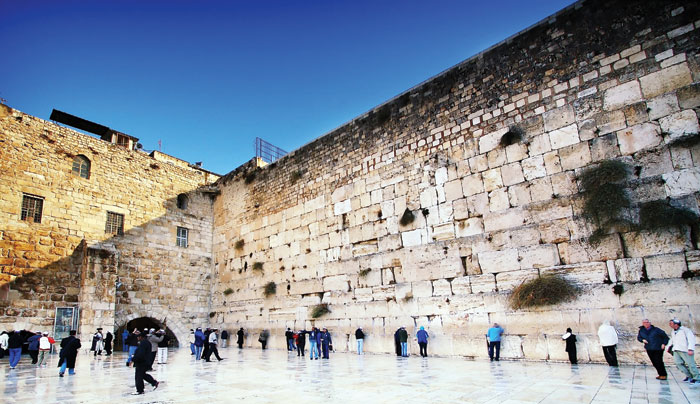
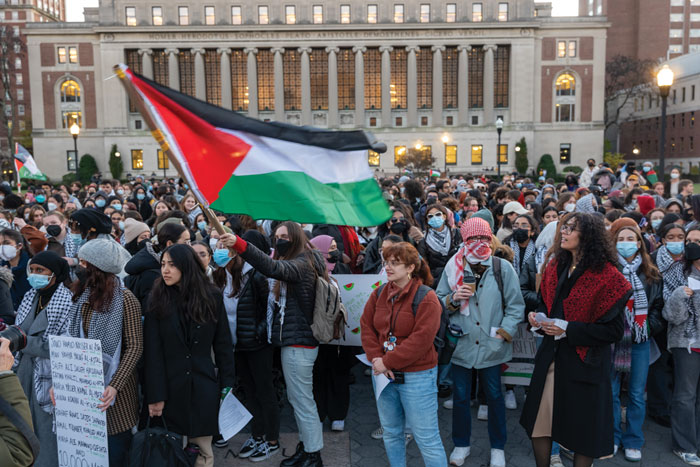
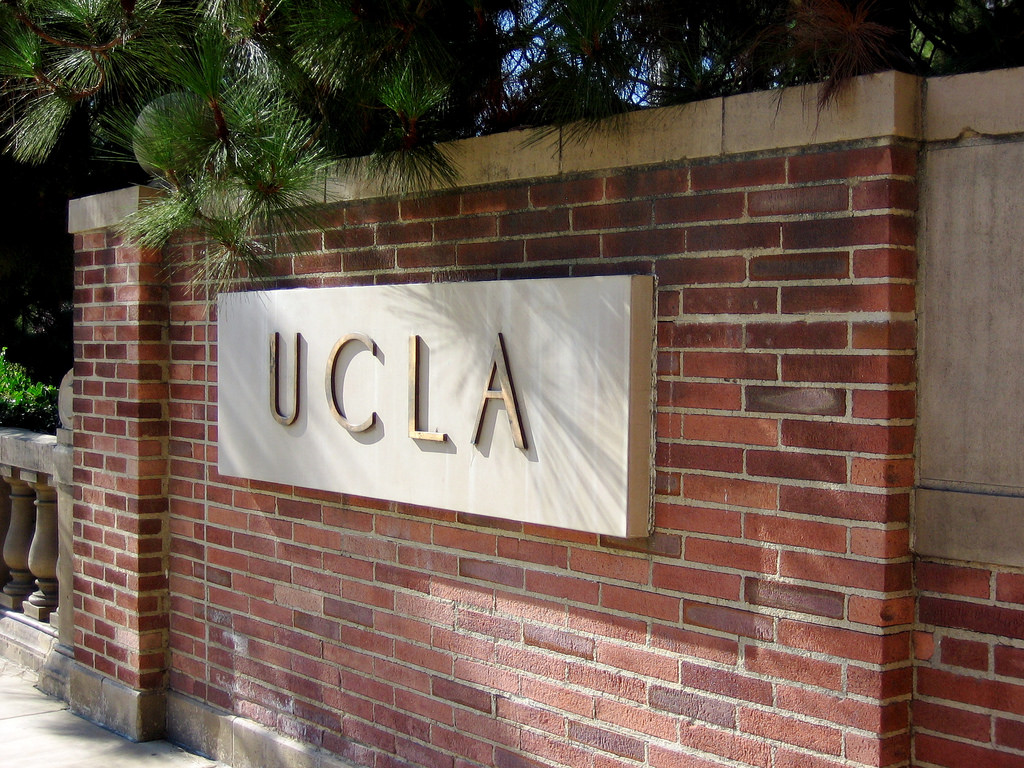





 More news and opinions than at a Shabbat dinner, right in your inbox.
More news and opinions than at a Shabbat dinner, right in your inbox.